13 Essential Tips for Choosing Between Hydroponics and Aeroponics
If you are considering setting up a soil-free garden, you may be wondering whether aeroponics or hydroponics is the better option. Both methods allow you to grow plants in controlled environments, but they operate using different approaches. Aeroponics relies on misting roots, while hydroponics involves a water-based nutrient solution. To choose between them, it is helpful to understand the pros and cons of each system. Several factors, including the size of your space and your gardening goals, will influence your decision. Let us take a closer look at what you need to know.
This post may contain affiliate links, which helps keep this content free. Please read our disclosure for more info.
Water Usage
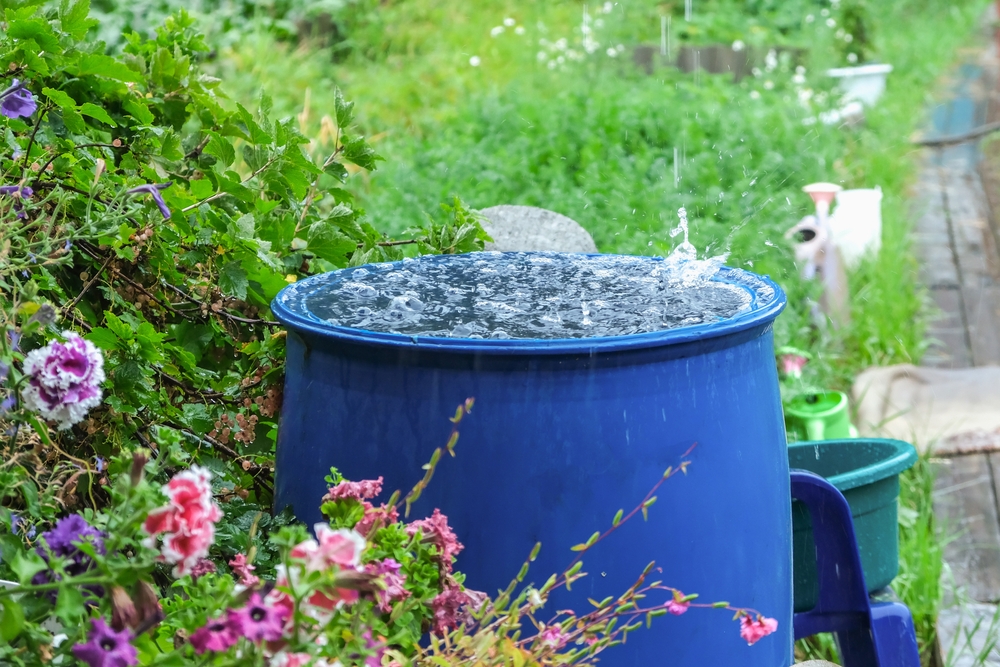
Aeroponics uses significantly less water compared to hydroponics. Since the plants’ roots are misted rather than submerged in water, the system requires less water to operate. This makes aeroponics an ideal option for those looking to conserve water, especially in areas with limited water supply. On the other hand, hydroponics needs a continuous water supply to nourish the plant roots, making it less efficient in terms of water conservation.
Water efficiency is a key factor to consider, especially in large-scale systems. If you are concerned about water waste, aeroponics could be the more sustainable choice. However, hydroponic systems can be adjusted to reduce water usage by reusing and filtering water. It is important to evaluate your water resources and needs before choosing a system.
Space Requirements
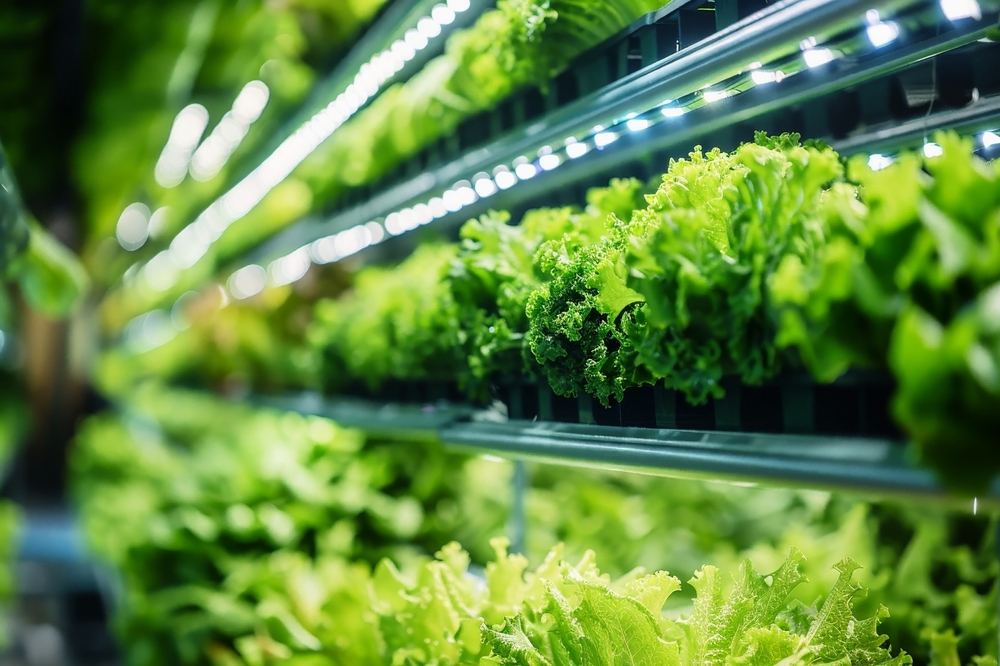
Aeroponic systems require less space due to the vertical growing setups they typically use. With aeroponics, plants can be stacked in a vertical configuration, allowing more plants to grow in smaller spaces. Hydroponic systems, however, tend to require larger horizontal setups to allow the roots to grow within the water solution. For small spaces or urban environments, aeroponics is often more suitable for maximizing the available area.
While hydroponics may take up more floor space, it can still be customized to fit smaller areas with proper planning. Consider how much space you have available and whether a vertical system is more beneficial for your needs. A smaller space may favor aeroponics, but both systems can be tailored to suit various environments. Assess the space where you plan to grow before deciding on the system.
Maintenance Needs
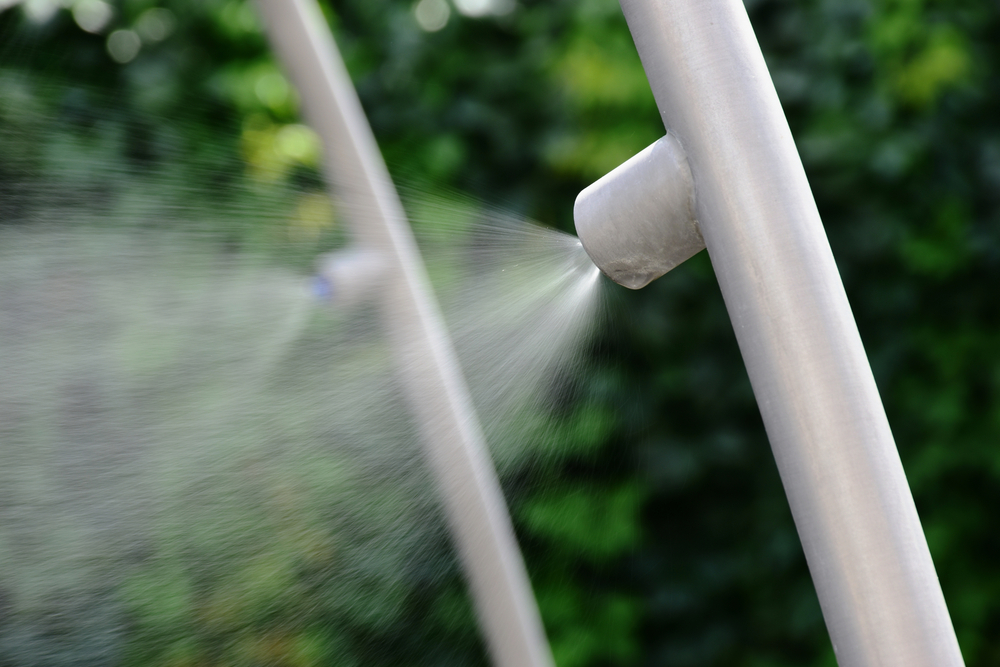
Aeroponics typically requires more frequent maintenance due to the sensitive nature of the misting systems. These systems need regular checks to ensure that the misting nozzles are not clogged and the water supply is functioning properly. In contrast, hydroponic systems generally require less frequent maintenance and are easier to manage for those new to soil-free growing. Hydroponics often involves simpler nutrient management and monitoring the pH levels of the water.
While both systems require attention, hydroponics is generally more forgiving when it comes to long-term care. For those with limited time to dedicate to their garden, hydroponics might be the better choice. Aeroponics can offer better efficiency for expert growers, but it is more suited for those who can commit to regular upkeep. Consider your availability and ability to maintain the system before making a decision.
Initial Setup Cost
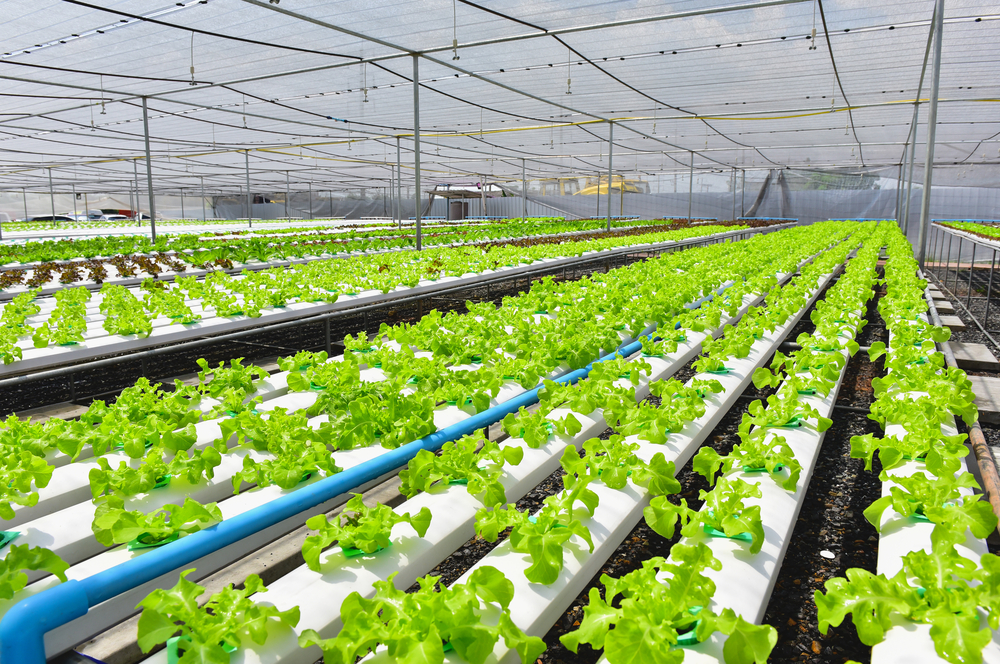
Aeroponic systems tend to have a higher initial setup cost due to the need for specialized equipment such as misting systems, pumps, and air filters. The cost of setting up an aeroponic system can be a significant investment, especially for larger-scale operations. Hydroponic systems, while still requiring an investment, tend to be more affordable to set up initially, particularly for smaller or home gardens. The equipment needed for hydroponics is simpler and more readily available.
Though hydroponic systems may have a lower starting cost, aeroponics can result in greater yield and efficiency in the long run. If you have a limited budget but still want to grow plants without soil, hydroponics may be more cost-effective. Both systems have their advantages, but it is important to factor in your available budget and long-term goals when deciding.
Plant Variety
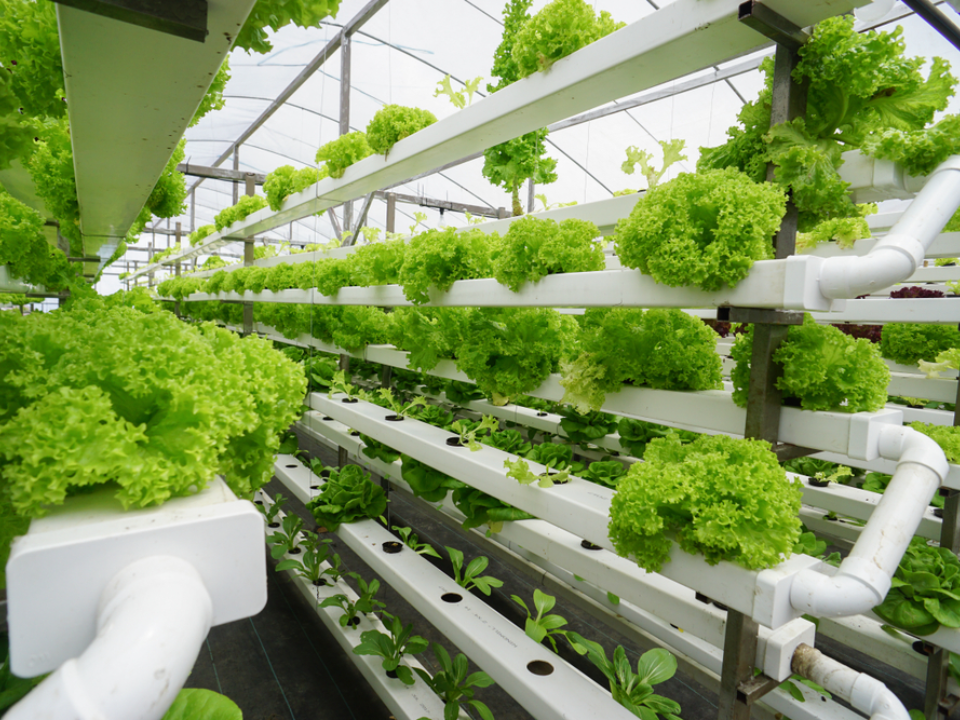
Aeroponics is well-suited for growing a variety of plants, including leafy greens, herbs, and some types of fruits. It is an ideal system for fast-growing crops that do not need a large root mass. However, larger plants like tomatoes or root vegetables may not thrive in aeroponics due to the limited root space. Hydroponics, on the other hand, can support a wider range of plant varieties, including larger plants and root crops, by offering more space for the roots to grow.
While aeroponics is perfect for herbs, lettuces, and other small plants, hydroponics can support more diverse plant growth. If you are planning to grow a variety of crops, hydroponics may offer more flexibility. It is important to consider what plants you want to grow and whether they will thrive in the specific environment that each system offers.
Growth Speed

Aeroponics can result in faster plant growth due to the increased oxygen supply to the plant roots. The misting process allows roots to absorb nutrients quickly, which speeds up the growth cycle. In contrast, hydroponic systems typically have slower growth rates because plants are submerged in water, which may not provide the same level of oxygen to the roots. However, hydroponics still offers faster growth than traditional soil-based gardening.
For those seeking quicker harvest times, aeroponics may be the more efficient choice. Faster growth also means you can harvest more frequently, providing greater yields over time. However, the more controlled environment of hydroponics still provides substantial growth, especially for larger plants. Choose a system based on your desired harvest time and crop size.
Complexity of Setup
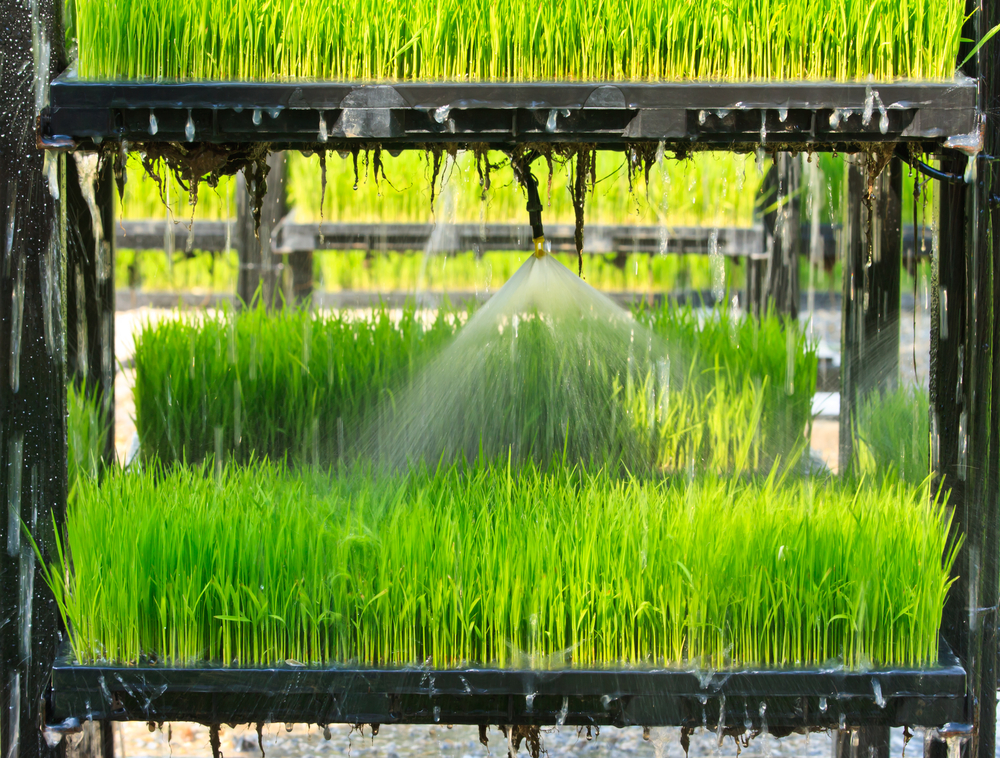
Aeroponics systems can be more complex to set up, as they require careful planning of the misting system, pump systems, and water reservoir placement. For those new to soil-free gardening, the setup process can feel overwhelming. Hydroponic systems are typically easier to set up, with more straightforward instructions and fewer moving parts. They can be assembled by beginners with basic tools and knowledge.
If you are new to gardening and are looking for a simpler system, hydroponics might be a more manageable starting point. Aeroponics, while offering better efficiency and faster growth, may require more technical know-how. Think about your experience level and how much time you are willing to invest in learning how to properly set up and maintain the system.
Water Efficiency
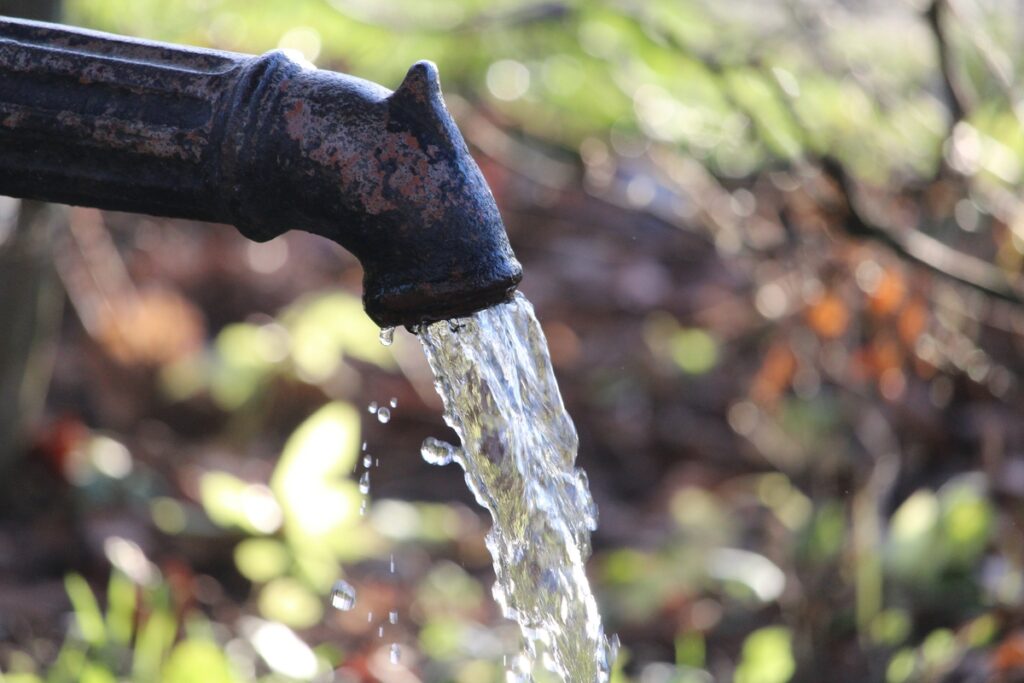
Aeroponics is a highly water-efficient system, using up to 90 percent less water than traditional soil gardening. The misting process delivers nutrients directly to the plant roots without waste. Hydroponic systems are less efficient in terms of water usage because the water is kept in a large reservoir and continuously circulated. While still more water-efficient than soil gardening, hydroponics can use a fair amount of water, especially in larger setups.
If water conservation is a priority, aeroponics is the better choice for minimizing water usage. Hydroponics can still be adjusted to be more efficient by recycling and filtering water. Consider the climate and your available water resources when deciding which system is better suited to your needs.
Energy Requirements

Aeroponic systems generally require more energy due to the misting equipment, pumps, and fans that help maintain the airflow. This can lead to higher energy consumption, especially for larger systems. Hydroponic systems, while requiring pumps for water circulation, typically use less power, making them more energy-efficient in the long run. The energy requirements for hydroponics are usually lower, making it a better option for those looking to minimize electricity costs.
When deciding between the two systems, consider how much energy consumption is acceptable for your setup. If you are concerned about energy use, hydroponics may provide a more cost-effective solution. However, aeroponics can be efficient for larger, high-yield crops where energy costs can be offset by increased productivity.
Pest Control
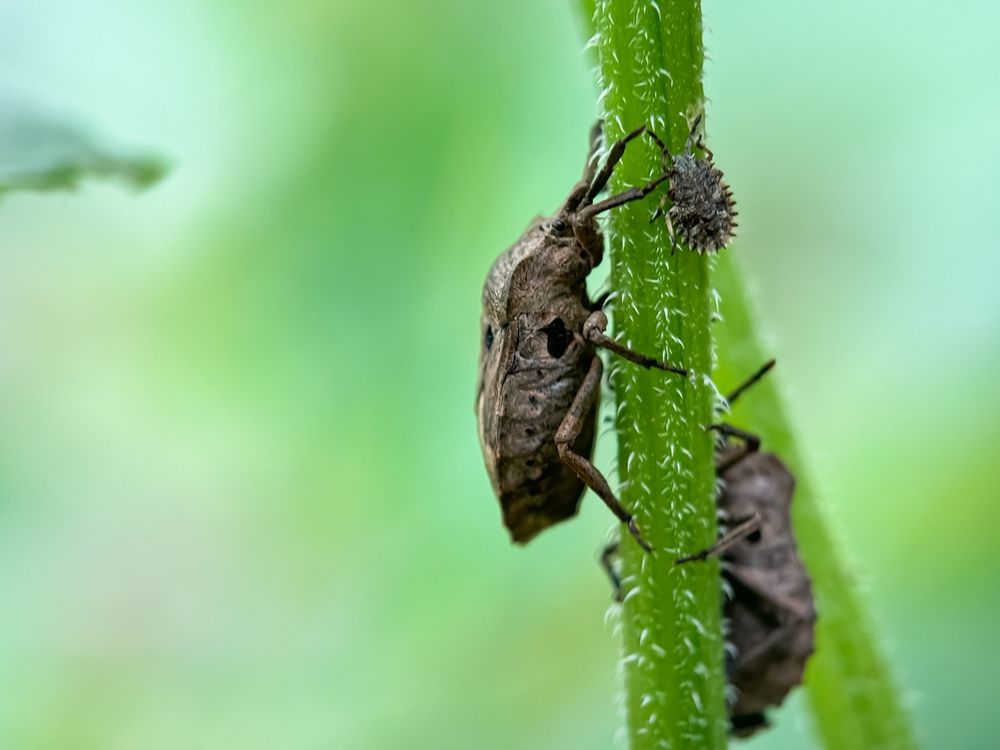
Aeroponic systems are less prone to pest issues because there is no soil to harbor insects or diseases. The lack of soil makes it difficult for pests like root rot to develop, and misting provides a more controlled environment for plants. Hydroponic systems, on the other hand, can still face pest issues, particularly in the water reservoir, where algae or fungus can grow. However, it is easier to spot and manage pests in hydroponics, as they are confined to the water system.
If you are concerned about pests, aeroponics offers an advantage because it eliminates the need for soil. However, both systems require proper maintenance and monitoring to prevent issues. It is important to consider your ability to manage pests when choosing between aeroponics and hydroponics.
Cost of Operation

Aeroponics tends to have a higher cost of operation due to the need for specialized equipment, including misting systems and air pumps. The ongoing cost of maintaining an aeroponic system can add up, especially for larger setups. Hydroponic systems are generally less expensive to run, as they rely on water circulation and fewer specialized parts. The cost of maintaining a hydroponic system is usually lower in terms of both energy use and equipment.
If cost is a significant factor in your decision-making, hydroponics may be the more affordable choice. However, aeroponics offers higher yields and faster growth, which could justify the increased operating costs. Think about your long-term goals and budget when evaluating each system.
Environmental Impact
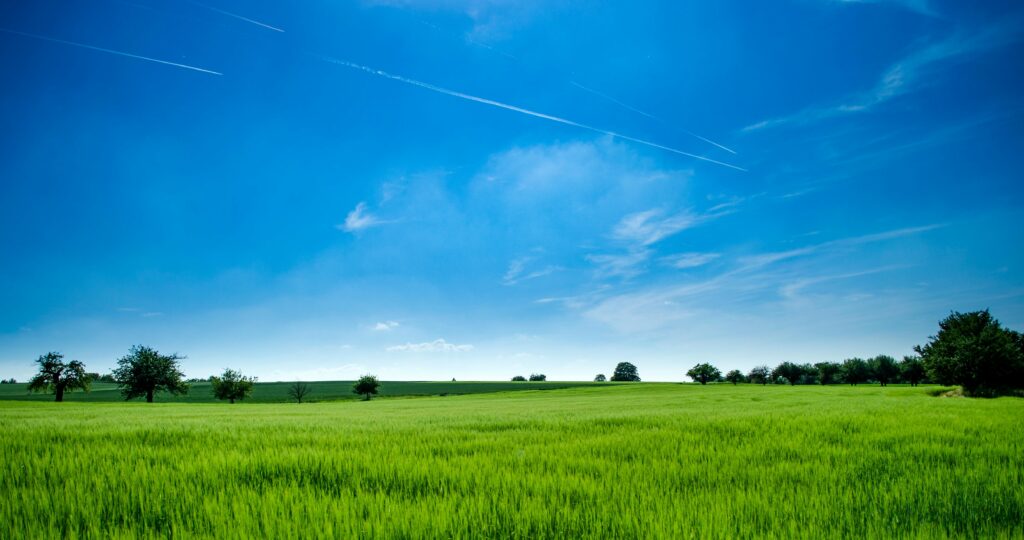
Aeroponics has a lower environmental impact in terms of water use and overall waste because it uses less water and recycles the mist. However, the higher energy consumption required for pumps and fans can increase its carbon footprint. Hydroponic systems, while more energy-efficient, still require water, which can contribute to environmental concerns if not properly managed. Both systems offer an environmentally friendly alternative to traditional soil-based gardening, but aeroponics is more resource-efficient in terms of water.
Consider the long-term environmental impact of the system you choose. If sustainability is a top priority for you, aeroponics offers a more efficient use of water. However, both systems can be made more environmentally friendly by implementing proper maintenance and energy-saving techniques.
Deciding between aeroponics and hydroponics is an important step for anyone looking to grow plants without soil. Both systems provide unique benefits that can suit different needs and gardening preferences. By focusing on factors like space, energy use, and plant variety, you can easily identify the right system. Ultimately, the best choice will be the one that aligns with your gardening goals and resources.
This article originally appeared on Avocadu.
